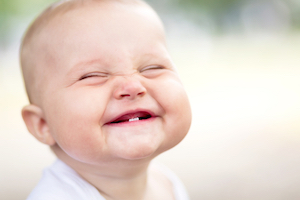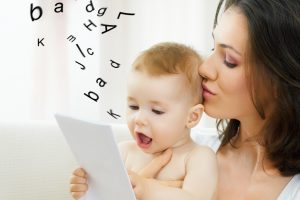
Creative play allows your child to express their thoughts and ideas using a range of mediums…
(DEEWR, 2009; Early Years Learning Framework Outcome 5).
Creative Play is Confidence and Language Building
When your child begins to explore and act out roles, using drama and movement within their daily play it will develop their confidence when around others. By encouraging your child to act out their favourite songs or stories, it will assist their language development, as well as their ability to use their imaginations during their play. When children feel that they are strong within their language abilities they become confident when speaking with their peers or adults.
Creative Play is Expressive
When using a range of mediums to create and express their ideas, it allows them to make sense of the world around them. This is not limited to what you see on paper, and can be explored in their movement too. Your child’s drawing can represent one or many things; in the beginning it might be a snail or a bear, but when asked moments later it could be something very different. As your child begins to draw and represent their ideas and thinking, you will begin to see more defined and details characters, even a person or cars. A great question to ask is, “Can you tell me about your drawing?” which will prompt your child to discuss what they have drawn.
Creative Play is Extending Gross & Fine Motor Skills
A child’s gross motor skills are not only furthered when they are climbing and running around, but when moving and using the creative arts to explore and play. It is the same with their fine motor development. Creative movement can be dancing, yoga, or using music instruments which allows your child to use their larger muscle groups and extend their balance, coordination and strength. When your child is exploring drawing, painting, manipulating clay or using their hands to make music it allows them to develop their hand/eye coordination and the ability to use their hands to manipulate objects and therefore their fine motor development.
Creative Play is a Tool for Exploring Emotions
As children grow, they begin to develop a greater understanding of their emotions. When your child is able to play creatively and explore their ideas using drama or songs, it allows them to develop their own ideas about emotions and act them out in their play. By encouraging your child to examine their faces when they are in front of a mirror or pretend to be angry, sad or happy to assists them in building their knowledge about emotions and discover appropriate ways to act in different situations.
Creative Play is Fun! and Engaging
Any type of play needs to be fun; when play is fun it allows your child to immerse themselves completely into the experience. When your child is engaged you will notice that they will build their concentration and persisting skills, as well as explore their ability to problem solve, investigate and experiment. By providing creative play that allows your child to further their interests it will ensure that your child is completely engaged and having fun.
It is important that there is no determined outcome within a child’s creative play. The importance should be placed on the child being able to express themselves using a range of different mediums.













